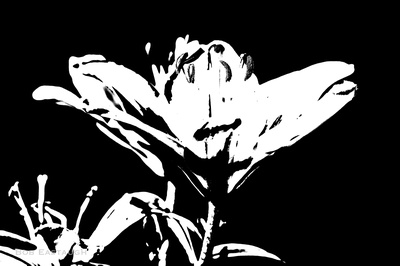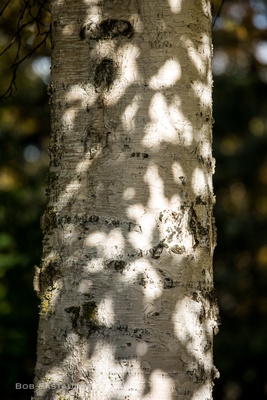Shades, Shadows, Umbras, and Penumbras; Various 2011-17
Shadows are interesting. They can provide dramatic graphic shapes that are sometimes abstract and sometimes realistic. They can be mysterious. They can imply a narrative, or they can obscure reality.
They can have broadly different roles and effects, so it is hard to advance a Grand Unified Shadow Theory. Shadows are as hard to pin down verbally as they are visually, where they often fade imperceptibly in and out. Shadows, shades, and wraiths, like mist and fog, often do not have hard edges (unless provoked during post-exposure editing). A "still" image, as opposed to a motion picture, doesn't really do justice to a shadow's subtle transitions from light to dark and back again. They are labile, mercurial, mutable, irresolute. They vacillate from light to dark as light changes; even if it stays steady, they resist exact demarcation. Between light and dark, umbra and bright, there is the penumbra, a graduated, ambiguous gray zone.
Thematically, light may still connote Good, and dark may still imply Bad or at least the Unknown. Religion may help advance these connotations. Good is light; evil is dark. But they probably long predate modern religions. These distinctions may be imprinted on us, hardwired into us, from ancient times, when dark likely hid terrors, and light increased the odds of survival. Movies have capitalized on these connotations; a dark space behind an actor warns us that something bad is about to happen, or at least adds suspense. Film noir is all about shadows, even though good film noir contains moral gray zones, psychological penumbras.
Apart from any dark thematic message, shadows' imprecision and vacillation and resistance to exact definition add to their intrigue and charm.
The next few posts will provide examples of some shadowy subjects.


Tiger lilies leave stark shadows at odds with their corporal exuberance. Here, by the way, is the non-shadowed high-contrast conversion of the tiger lilies that cast these shadows.


Usually (when the photographer does not impose high-contrast processing), a shadowy image shows the penumbral gray transitions, neither full light nor full dark.




More half tones.




From an earlier post, these fire escapes create graphically interesting shadows.
Comments


After a lifetime of mainly expressing myself with words, my postings here will mainly rely on images. They will speak for themselves to some extent, but I'll usually add a few comments of explanation. I've taken photographs for decades, since the 1950's, inspired in part by my father's photographic skill. Four years of photo assignments and quality darkroom time eventually gave way to decades of casual and family picture-taking. I re-immersed myself when I left film and turned to digital.